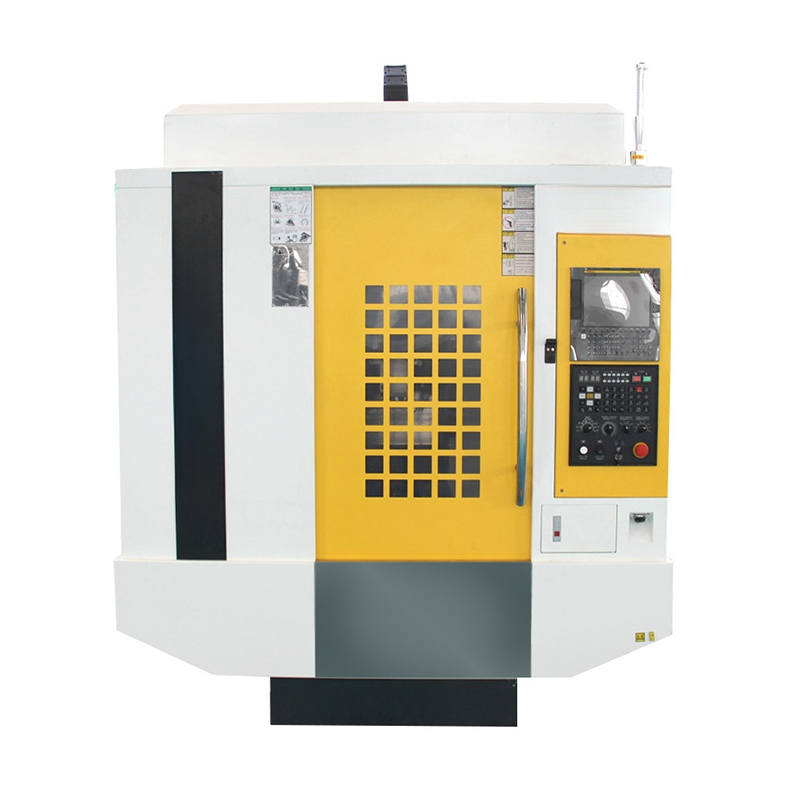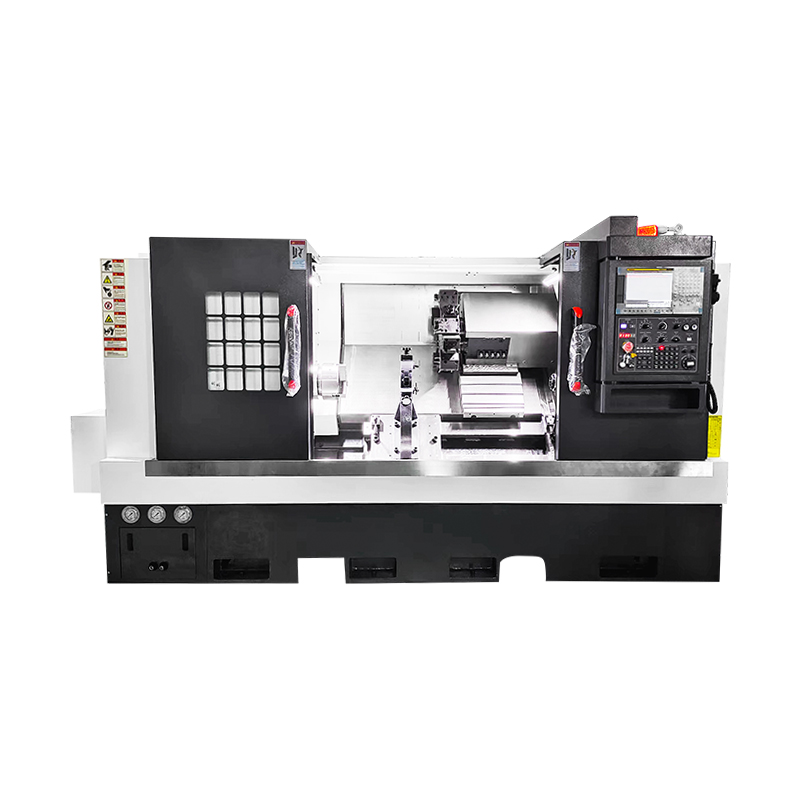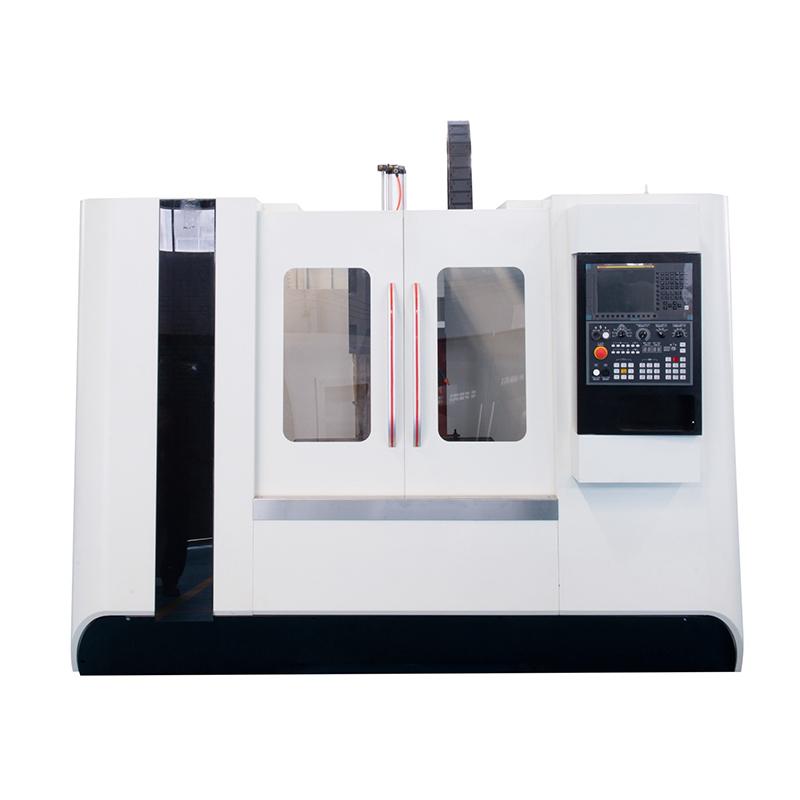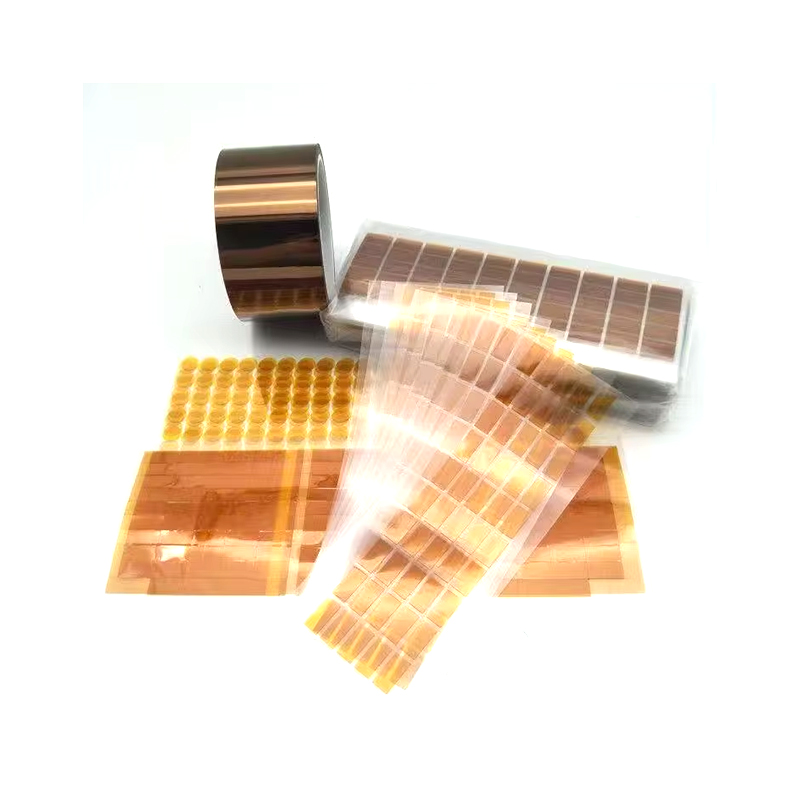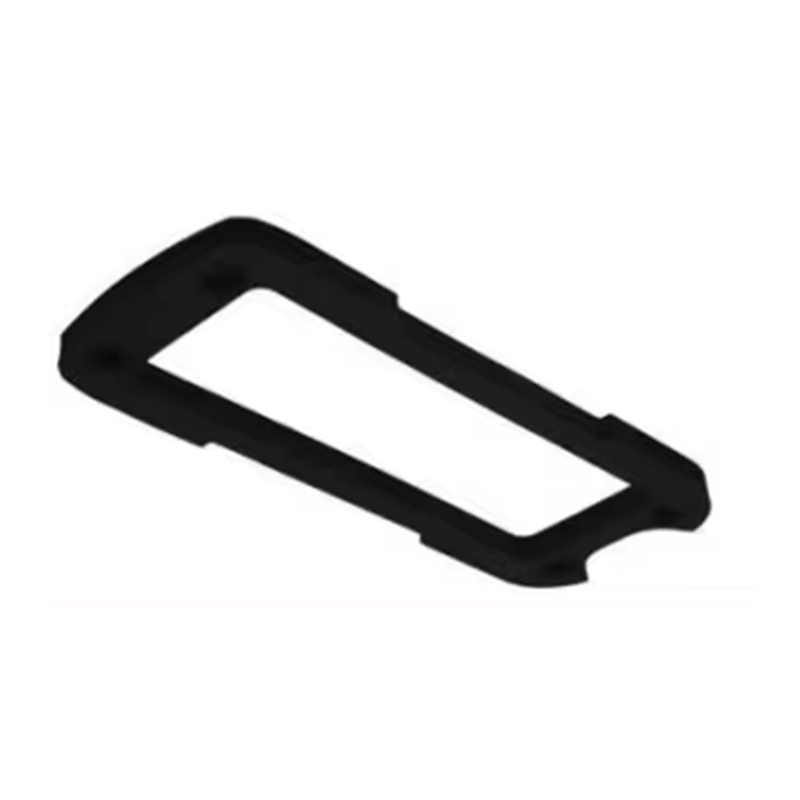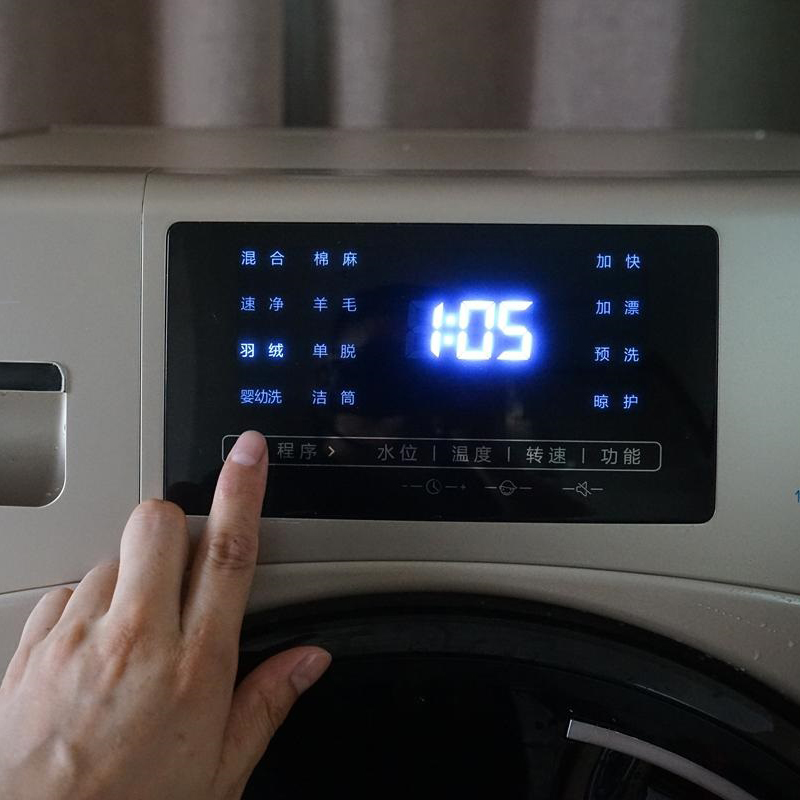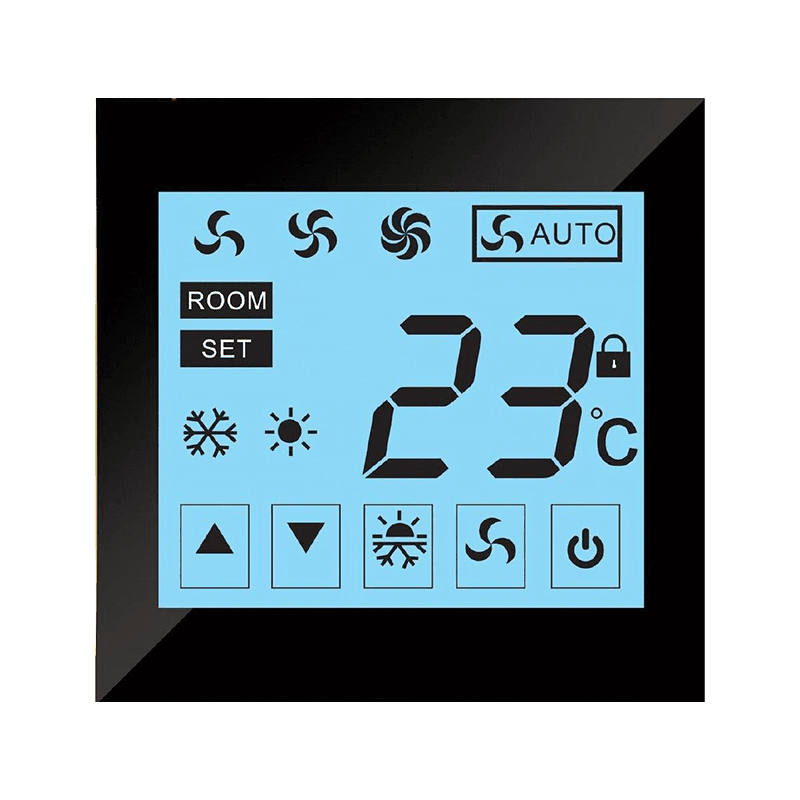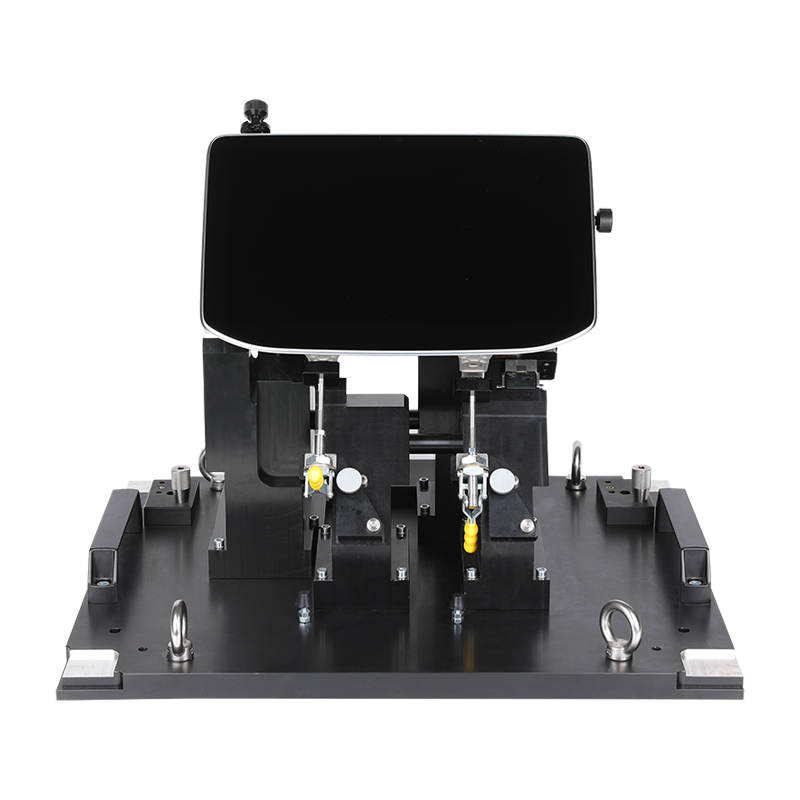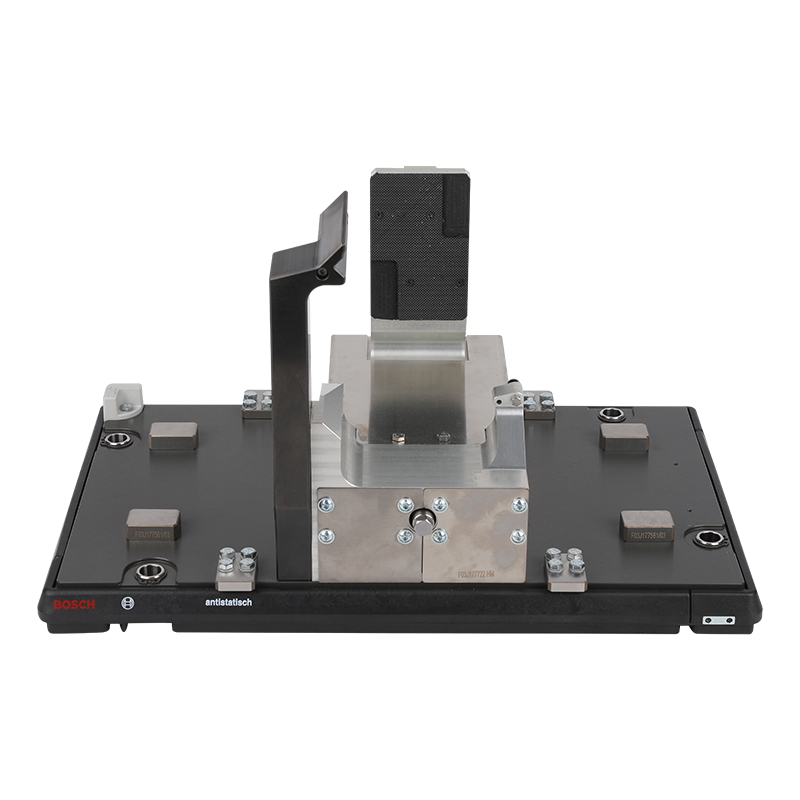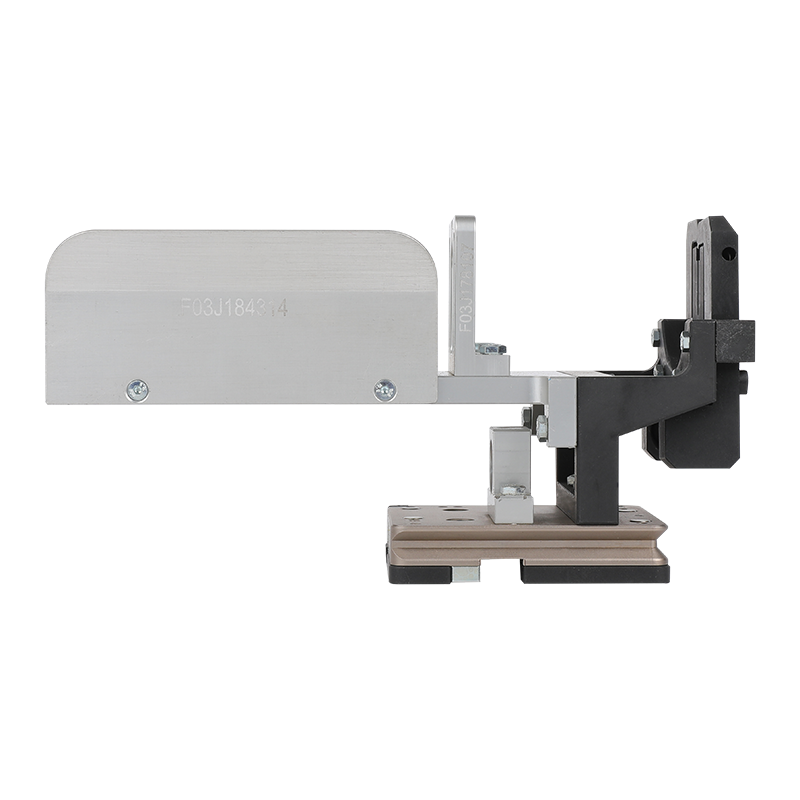Amid the rapid development of today's manufacturing industry, automation technology has become a key driver of industrial upgrading. The emergence of customized automation equipment parts has further promoted the deep integration of intelligent and flexible production. As companies' demands for efficiency, precision, and cost control continue to rise, standardized parts are no longer able to meet the diverse demands of complex production lines. The value and status of customized parts are becoming increasingly prominent.
I. The Context of Customized Automation Equipment Parts
Driven by Industry 4.0 and the concept of intelligent manufacturing, automated production lines have gradually become a core component of various companies. From automotive manufacturing and electronics assembly to food packaging and pharmaceutical testing, the widespread use of automation systems has not only improved production efficiency but also significantly reduced human error. However, with the diversification of product forms and increasing process requirements, standardized equipment often cannot fully adapt to a company's specific process paths and spatial layouts.
It is against this backdrop that customized automation equipment parts have emerged. Through precise analysis of multiple dimensions, including production processes, structural environments, and material properties, they enable targeted structural design and performance optimization, enabling equipment to seamlessly integrate into production scenarios. This tailor-made manufacturing concept not only represents the direction of advancement in mechanical automation technology but also embodies the core philosophy of "flexible manufacturing."

II. Design and Manufacturing Concepts of Customized Components
The design process for customized automation equipment parts goes beyond simple structural adjustments; it involves a systematic engineering process based on functional optimization and system integration. From the initial design phase, the engineering team conducts a comprehensive analysis of factors such as the equipment's operating logic, load distribution, motion trajectory, and sensor response, achieving optimal parameter matching through modeling and simulation.
The manufacturing process is equally technically demanding. To ensure component precision and durability, manufacturers often utilize a combination of materials, including high-strength alloys, wear-resistant composite materials, and engineering plastics, incorporating advanced processes such as CNC machining, precision milling, and surface heat treatment. Every detail is carefully considered to ensure stable operation under high loads and high speeds.
The core value of customized components lies in "precision matching." Rather than simply pursuing versatility, they aim to maximize efficiency and optimize performance, resulting in more compact equipment, lower energy consumption, and easier maintenance, ultimately achieving the long-term, stable operation of automated production.
III. The Application Value of Customized Automation Components
In smart factories, the core of automation equipment lies not only in the intelligence of control systems but also in the efficient coordination between individual components. Customized components serve as a bridge between structure and function within this system. They enable production lines to maintain stable structural support and precise motion control during high-intensity operations, while also offering the advantages of adjustability and modularity during production transitions or product changes.
Under complex process conditions, customized components can effectively reduce mechanical wear, extend equipment life, and mitigate the risk of downtime. For companies, this translates to increased production efficiency and lower maintenance costs. During equipment modification or upgrades, customized components can also be quickly adapted to new systems, enabling cost-effective expansion and functional upgrades, significantly enhancing the flexibility and sustainability of manufacturing systems.
IV. Customization Trends in Smart Manufacturing
With the integration of artificial intelligence and industrial internet technologies, customized automation components are evolving towards greater intelligence and higher precision. Future customization will move beyond structural differentiation and will encompass full-process customization through data modeling, digital twins, and cloud-based collaboration. Designers can dynamically optimize component structures based on real-time data feedback, achieving an intelligent closed-loop from design to manufacturing.

The application of 3D printing technology has also brought new breakthroughs to customized parts. It can quickly mold complex structures, shorten development cycles, and reduce mold costs, providing an ideal solution for small-batch, high-variety manufacturing. Furthermore, advances in sensing technology and adaptive materials are enabling components to not only perform mechanical functions but also enable condition monitoring and self-adjustment, further expanding the technological boundaries of customized automation equipment.
Customized automation equipment components are not only integral to mechanical structures but also the critical link between technology and efficiency. Their emergence represents the shift in manufacturing from standardization to flexibility and intelligence. With the continuous advancement of industrial intelligence, customized components will become a core element of future smart factories, providing solid support for companies to build efficient, precise, and sustainable production systems.

 English
English русский
русский